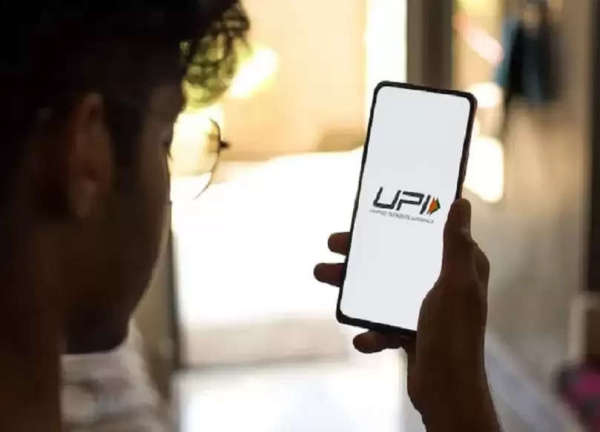
UPI is a very popular service for money transactions. But, a big change is going to happen in it from February 15. NPCI has issued a new directive regarding this change in UPI. Especially this change will affect the chargeback. This change is about Transaction Credit Confirmation (TCC) and Returns. So that the process of disputed transactions can be made easier.
Let us tell you that TCC means that the beneficiary bank has confirmed that the transferred amount has been successfully credited to the recipient's account. Whereas refund means refunding the amount to the recipient account on transaction failure or reversal request.
Where does the problem arise?
A chargeback is raised when a UPI transaction is raised by the issuing bank or NPCI before the beneficiary bank has completed processing. Sometimes, a chargeback is raised before the beneficiary bank can verify and request a return. This can sometimes make matters more complicated.
When do chargebacks occur?
When the customer is unable to verify the payment.
A customer disputes with the bank regarding a transaction.
Being charged for items not delivered.
Sales errors such as being charged twice for the same product.
Merchant charging duplicate fees for the same transaction.
Difference between chargeback and refund.
Before we proceed, let us explain the difference between a chargeback and a refund. Chargeback and refund may seem similar but there is a subtle difference. Refunds are issued by the merchant or service provider on receiving a request from the customer. Whereas in case of chargeback, the customer raises the issue with the bank. Which the bank then checks and starts the claim process.
Currently, chargebacks can be raised only on the day of the transaction. Due to this, many times the beneficiary bank does not get much time to verify the transaction and process the return as soon as possible. Due to this, many disputes keep coming up regarding chargeback.
Many times banks raise the request for refund without checking the chargeback process. This automatically stops the chargeback and as per RBI guidelines, a penalty has to be paid.
What will change now?
The new rule will ensure that the beneficiary bank can automatically accept or reject the chargeback. Chargeback can be issued in case of TCC-return being raised. The action of the beneficiary bank for TCC or return will determine whether to accept or reject the chargeback, eliminating the need for manual intervention.
Specifically, the new UPI chargeback rule will apply to the bulk upload option and Unified Dispute and Issue Resolution (UDIR), but not the front-end option. This means it will not be directly visible to customers in banking apps.